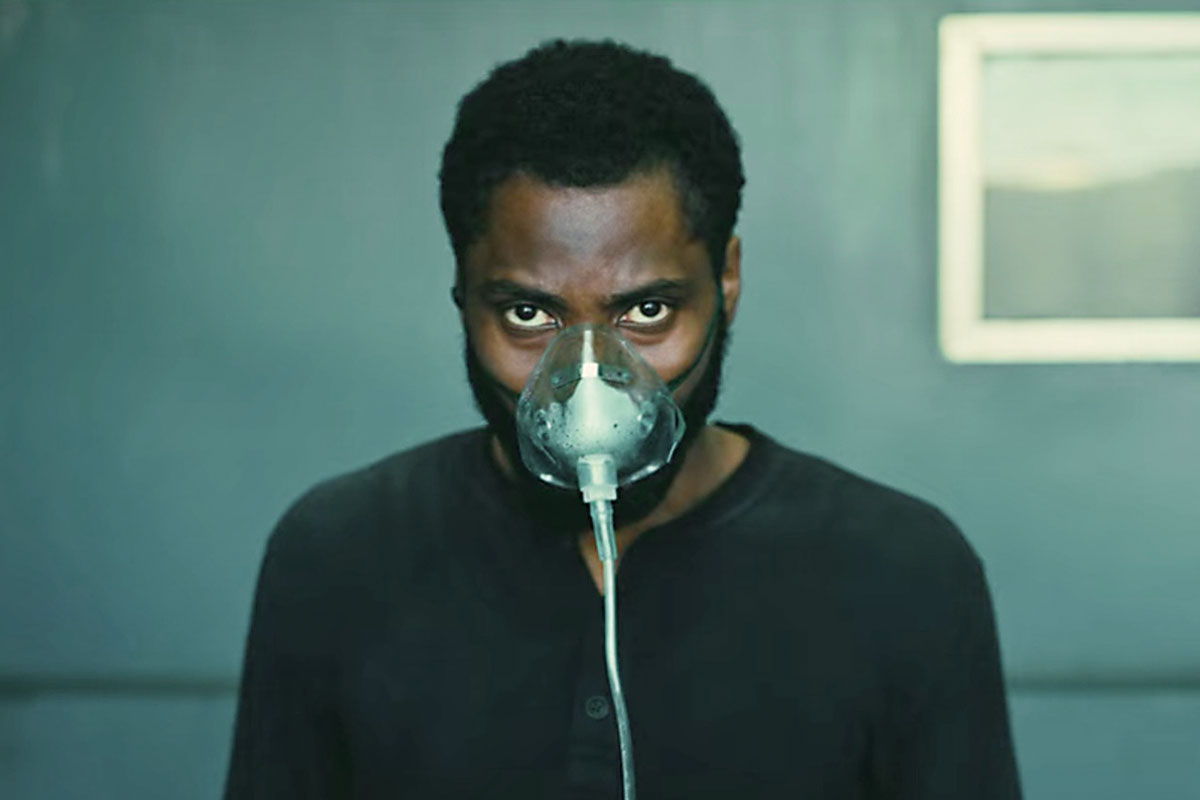
There is a category of films I call «12 monkeys». A «12 monkeys» film is one that is fine when you see it, but even better when you understand it. No one can expect me to believe that they understood 12 monkeys the first time they saw it. I had to go back to the original short film that inspired it (La Jetée) to figure out its plot. And having done that, I can say that it is a great film, albeit a somewhat cryptic one.
There is a recent film that fits this description perfectly: Tenet. Nobody I know got it the first time around. In Memento, one of his earliest films, director Christopher Nolan already played with time reversal, but he was not playing with the laws of physics, he was using them as a narrative device to tell a story. Here he takes the premise to its ultimate conclusion, exploring the possibility that time can run in two different directions in the same universe. The title of the film, Tenet, plays with this idea. Tenet means ‘dogma’ or ‘principle’, but it is also the symmetrically spelled word ten, which in the Middle Ages had magical connotations. Throughout the film, reference is made to snippets of time where the characters go ten minutes forward or ten minutes back, and that is the Tenet.
Most physical laws are symmetric. That is, they work equally well in both directions. But there are exceptions, such as entropy. The second law of thermodynamics says that the entropy of a system, which is a measure of the level of chaos, always increases, so some phenomena are irreversible. Heat will always flow spontaneously from a hot body to a cold one, and time will always flow forward. The film plays with the idea that entropy can be reversed and that under certain circumstances time can flow backwards, while for the rest of us it flows in the usual direction. To guide the viewer, the script uses a plot device: when time flows backwards, it becomes impossible to breathe, which is why they need respirators. This rather questionable statement is used to guide the viewer to know which characters are going backwards in time.
This is obviously fiction. The manipulation of time as explained in the film would be impossible. Could there be a universe where the laws of physics were different and there was no second law of thermodynamics? Of course it could. But the film puts two opposing laws of physics within the same scenario. The laws of physics have no exceptions, and there is one aspect that has not been considered: what happens when we work with objects that have a lot of energy? For example, in a vacuum nothing can travel faster than light, but inside a material some particles can travel faster. When this happens, we get what is called «Cherenkov radiation». This is similar to what happens when an aeroplane goes faster than the speed of sound, creating a shock wave that we hear from the ground as an explosion. If it were possible to reverse the direction of time, we would need a lot of energy and a shock wave would certainly be produced, so every time they tried to make a time clip, everyone would simply die in the explosion. Those going forwards as well as those going backwards.
The little-known film A sound of thunder, based on Ray Bradbury’s short story of the same name, plays with time travel and does consider the existence of shock waves associated with time travel, hence the title. So, as much as Christopher Nolan may insist, we live in a universe where time only goes in one direction and cannot be recaptured. Try to make the best of it, life is short.





